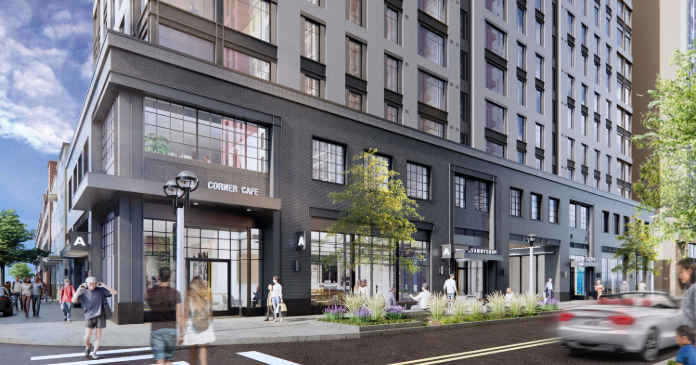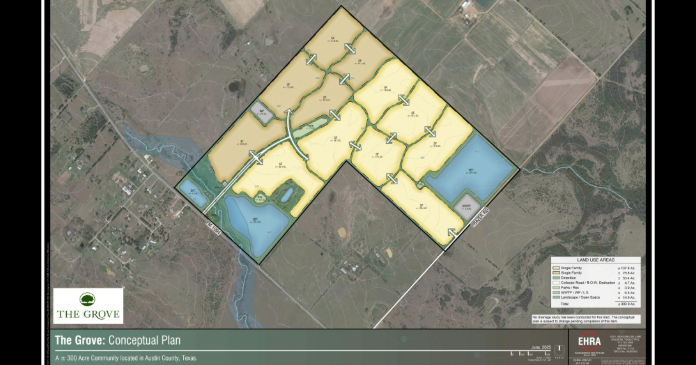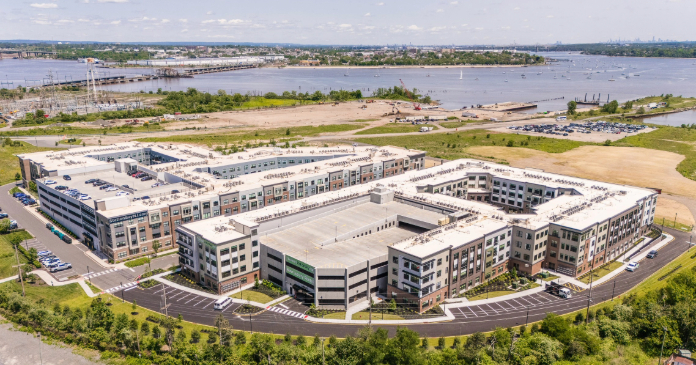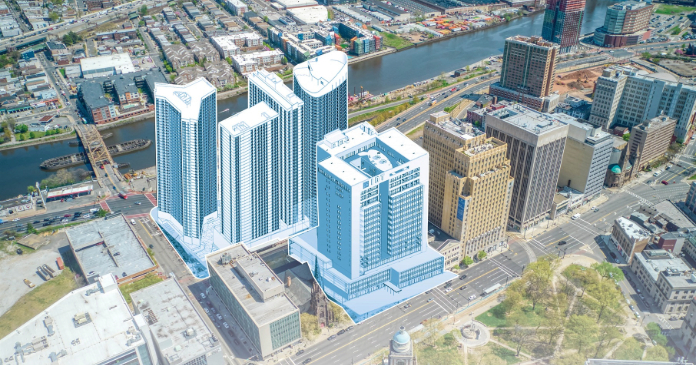The Census Bureau’s new residential construction report for August reported a surge in multifamily housing construction permits and starts, although completions continued to lag.
Multifamily housing construction permits hit multi-year high
The number of permits issued for buildings with 5 or more units in August was reported to be 632,000 units on a seasonally adjusted, annualized basis. This was the highest figure reported since June 2015 and was up 20 percent (104,000 units) from the revised figure for July. The July figure was revised down by 4,000 units, contributing only slightly to the reported gain. August permits were up 53 percent from the level of August 2020 and were also up 34 percent compared to the trailing 12-month average.
In addition, 42,000 permits were issued in August for units in buildings with 2 to 4 units. This was down 22 percent (12,000 units) from the revised level for July. August permits for units in buildings with 2 to 4 units were down 21 percent from the year-ago level and down 19 percent compared to the trailing 12-month average.
Regional data for multifamily housing is only reported for structures with two or more units. “Structures with 5 or more units” is not broken out as a separate category. Since the regional data is highly volatile and is frequently revised, it is examined here based on three-month moving averages. This averaging will tend to smooth out the month-to-month variations in the data.
Nationally, the three-month weighted moving average for permits issued for multifamily housing in August was up 11 percent from the level in July and was 35 percent higher than the level of August 2020. Permit issuance history is shown in the first chart, below. The three-month weighted moving average for permits came it at 619,000 units.
On a month over month basis, the three-month weighted moving average for permit issuance was up 16 percent in the South, 9 percent in the West, 7 percent in the Northeast and 4 percent in the Midwest.
When compared to year-earlier levels, the three-month weighted moving average of permits issued was up 48 percent in the West, 35 percent in the South, 30 percent in the Midwest and 17 percent in the Northeast.
The following chart shows the three-month weighted moving averages of permits by region for the last 25 months.
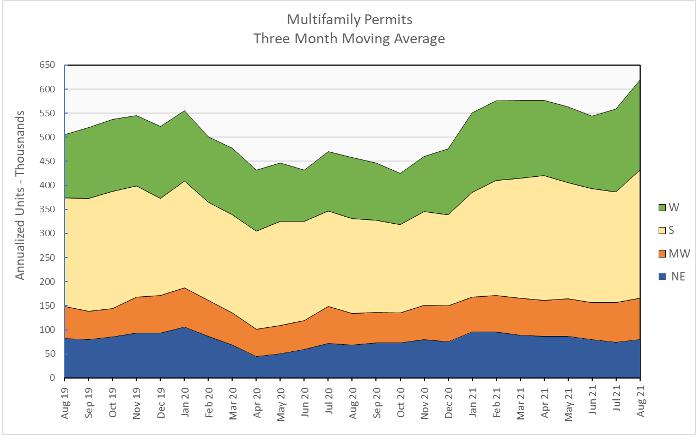
Multifamily housing construction starts rebound
The preliminary August figure for multifamily housing starts in buildings with 5 or more units was 530,000 units on a seasonally adjusted, annualized basis. This was reported to be up 22 percent (94,000 units) from the revised figure for July. In addition, July’s figure was revised upward by 24,000 units, so the rebound in starts was even stronger than the month-to-month comparisons in this report would indicate.
The preliminary starts figure reported for August was 32 percent above the trailing 12-month average and 36 percent above the monthly average for 2019.
Multifamily housing construction starts (two or more units per building) in August were up 6 percent from their July level for the country as-a-whole, based on three-month weighted moving averages. Starts were up 61 percent from the weak level reported last month for the Northeast. Starts were up 9 percent in the Midwest and 3 percent in the South but fell 8 percent in the West from the levels of the previous month.
The three-month weighted moving average of starts was up 24 percent for the country-as-a-whole on a year-over-year basis. Compared to August 2020, starts were up 91 percent in the Northeast, 52 percent in the West and 15 percent in the South. Starts fell 17 percent in the Midwest compared to August 2020, but were still up 10 percent from their trailing 12 month average.
The following chart shows the starts by region for the last 25 months.
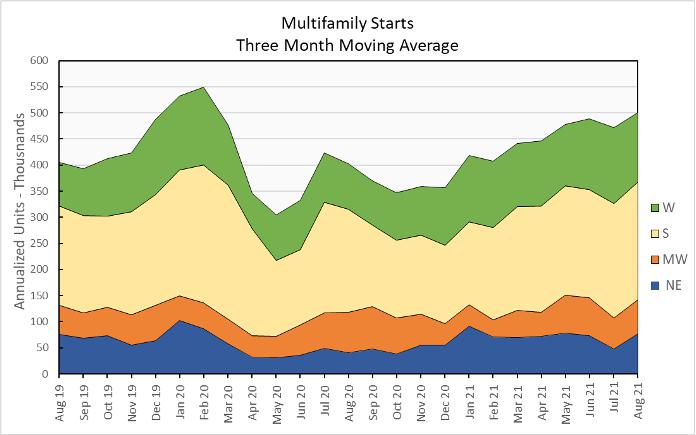
Multifamily housing completions lower
The preliminary August multifamily housing unit completions figure in buildings with 5 or more units per building was 356,000 units on a seasonally adjusted, annualized basis. This was reported to be down 18 percent (77,000 units) from July’s revised figure. However, July’s completions figure was revised upward by 7,000 units, contributing to the reported decline.
Compared to August 2020, multifamily housing completions in buildings with 5 or more units per building were up 14 percent. However, compared to the trailing 12-month average, completions were down 9 percent. Completions were also down 6 percent from the average monthly level in 2019 and effectively even with the average monthly level in 2020.
For the country as-a-whole, multifamily housing construction completions (two or more units per building) were down 6 percent month-over-month, comparing three-month weighted moving averages. The three-month weighted moving averages of completions was up 60 percent in the Northeast, but fell 21 percent in the Midwest, and 12 percent in both the South and the West.
On a year-over-year basis, the three-month weighted moving average of completions in buildings with 2 or more units per building was up 15 percent nationally. Completions were up 109 percent in the Northeast and 16 percent in the South. Completions fell 4 percent in the West and 14 percent in the Midwest.
While the comparison of year-over-year completions for the Northeast benefited from the very low levels of completions reported for that region last summer, the three-month weighted moving average of completions in August was 24 percent above the 2019 average, so it was a strong performance for the region.
Completions by region for the past 25 months are shown in the chart below.
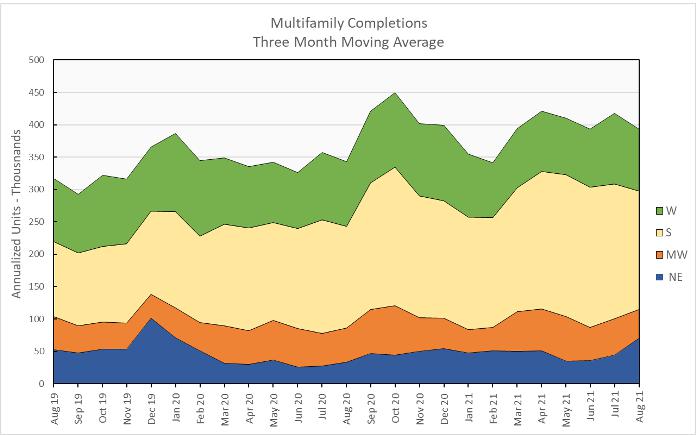
All data quoted are based on seasonally adjusted results and are subject to revision.
Starting in February 2021, the calculation of the moving average was changed to put more weight on the current month and progressively less weight on the two prior months. Previously, all three months were weighted equally in calculating the moving average.






